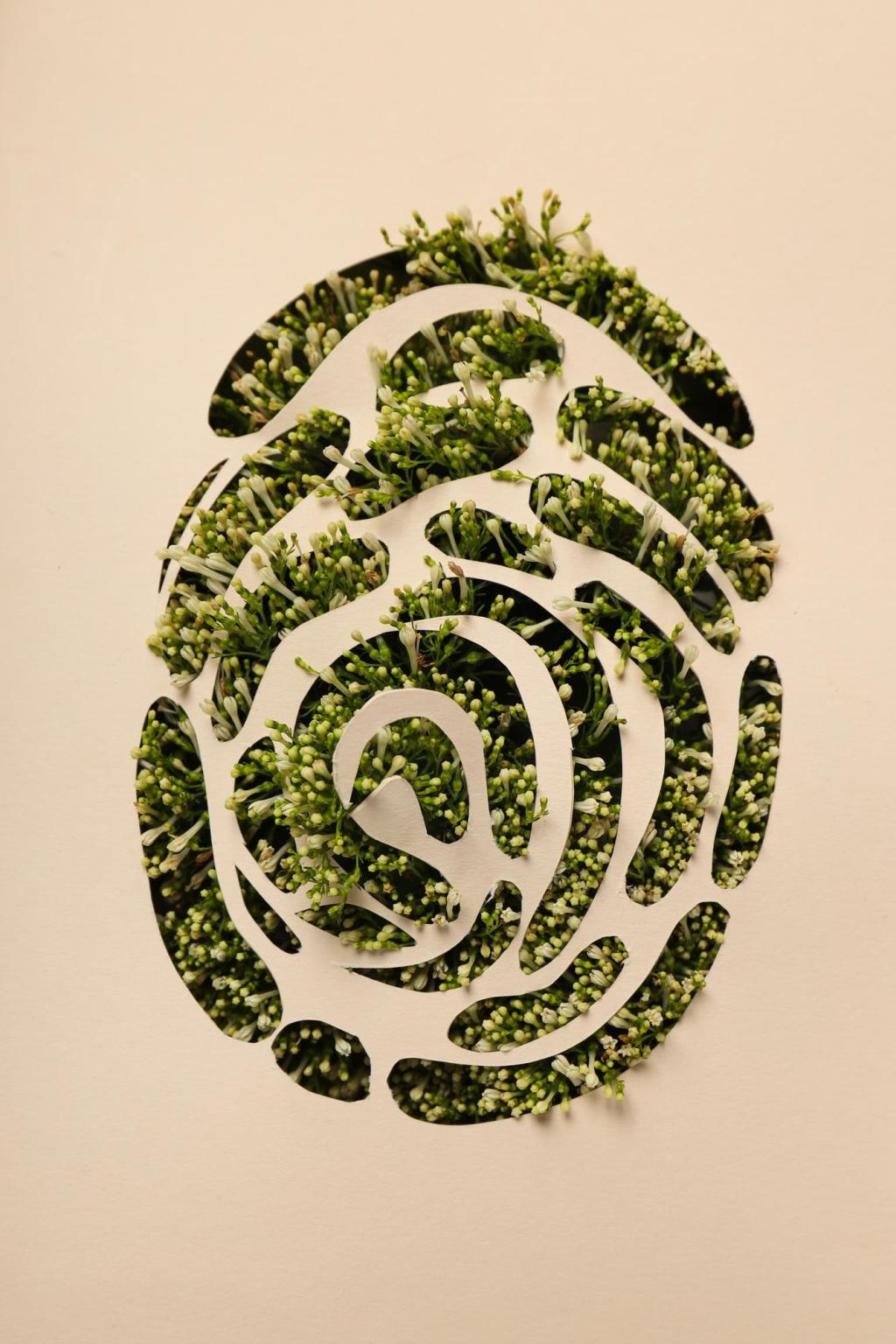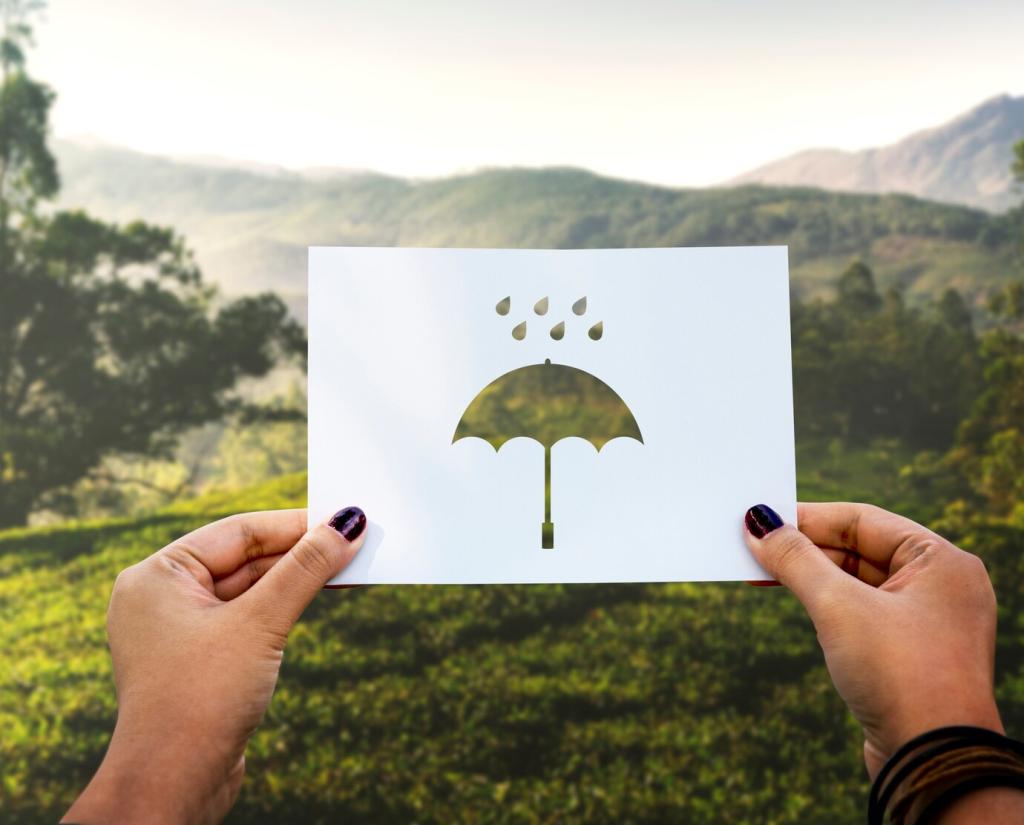What Makes a Polish Natural—and Why Longevity Loves It
Beeswax brings warmth, easy spread, and that soft, honeyed glow. Carnauba, a leaf wax, adds hardness and scuff resistance. Together, in balanced ratios, they lay down a thin, protective film that buffs beautifully, resists fingerprints, and stands up to daily touch without smothering the wood.
What Makes a Polish Natural—and Why Longevity Loves It
Polymerizing oils sink deep into pores, then harden. Pure tung oil typically cures tougher and more water resistant than raw linseed, making it superb for tabletops. Cold-pressed linseed is gentler and rich, but needs more time and careful wiping to avoid tackiness. Both reward patience with lasting depth.







